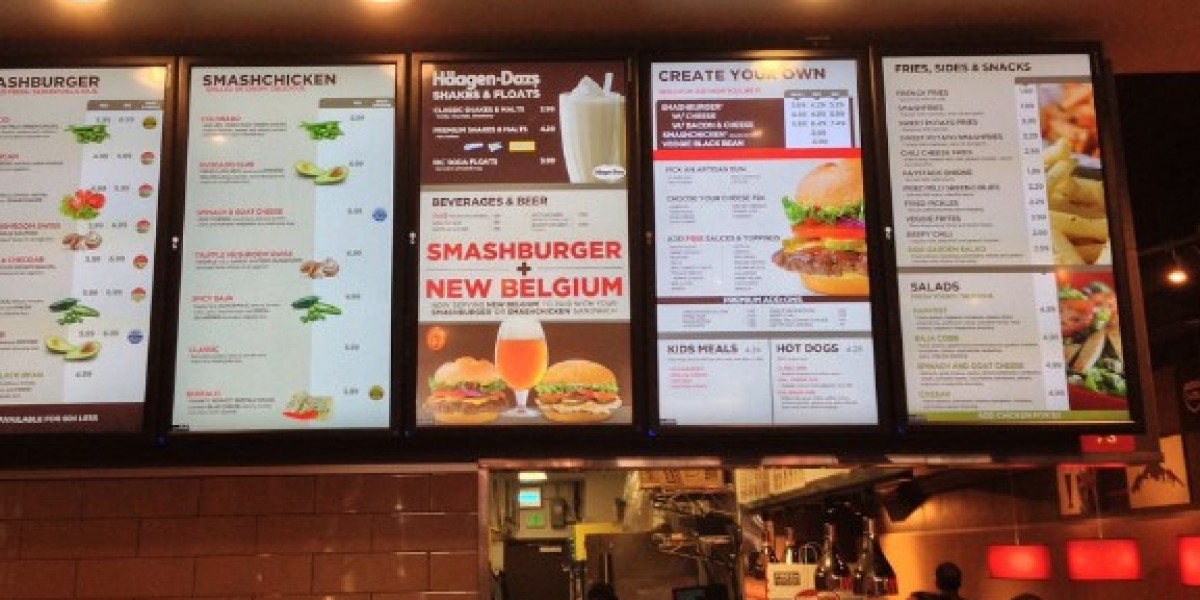In an era where technology seamlessly integrates into every aspect of our lives, the dining experience is no exception. Digital Menu are revolutionizing how restaurants present their offerings and interact with customers. This comprehensive guide explores the concept of digital menus, their benefits, implementation, and impact on the dining experience.
What is a Digital Menu?
A digital menu is an electronic version of a traditional restaurant menu, often displayed on screens such as tablets, kiosks, or mobile devices. It replaces printed menus with interactive digital formats that can be accessed directly by customers or through devices provided by the restaurant. Digital menus can also be integrated into restaurant websites or mobile apps for convenience.
Key Features of Digital Menus
Digital menus come with several advanced features that enhance the dining experience:
- Interactive Interface: Customers can navigate through categories, view images of dishes, and read detailed descriptions.
- Real-Time Updates: Menus can be updated in real-time to reflect changes in availability, prices, or new items.
- Customization: Customers can easily customize their orders, such as modifying ingredients or selecting portion sizes.
- Multilingual Options: Digital menus can be offered in multiple languages, catering to diverse clientele.
- Integration with POS Systems: Seamless integration with point-of-sale systems for accurate order processing and inventory management.
Benefits of Digital Menus
The adoption of digital menus provides numerous advantages for both restaurants and customers:
For Restaurants:
- Efficiency: Digital menus streamline the ordering process, reducing wait times and increasing table turnover.
- Cost Savings: Eliminates the need for printing and reprinting physical menus, leading to long-term cost savings.
- Data Collection: Provides valuable insights into customer preferences and ordering patterns, which can inform marketing strategies and menu development.
- Environmental Impact: Reduces paper waste, contributing to more sustainable business practices.
For Customers:
- Convenience: Allows for quicker access to menu information and the ability to place orders directly from a device.
- Enhanced Experience: Interactive features and high-quality images enhance the dining experience by providing more information about the dishes.
- Accessibility: Digital menus can be more accessible for individuals with visual impairments through features like text enlargement and voice commands.
Implementing Digital Menus in Your Restaurant
Adopting a digital menu system involves several steps:
- Choose the Right Platform: Select a digital menu platform that meets your needs, considering factors like ease of use, customization options, and integration capabilities.
- Design and Content Creation: Develop an engaging and user-friendly menu design. Include high-quality images, detailed descriptions, and clear categorization.
- Hardware and Software Setup: Install necessary hardware (e.g., tablets, kiosks) and ensure software is properly set up and integrated with your POS system.
- Staff Training: Train your staff on how to use the digital menu system and assist customers with any issues or questions.
- Launch and Promotion: Promote the new digital menu to customers through social media, in-house signage, and staff recommendations.
Challenges and Considerations
While digital menus offer numerous benefits, there are some challenges to consider:
- Technical Issues: Dependence on technology means that technical problems, such as system outages or device malfunctions, can impact the dining experience.
- Customer Adaptation: Some customers may prefer traditional menus or may need assistance with digital devices.
- Initial Costs: The initial investment in digital menu systems, including hardware and software, can be significant.
Future Trends in Digital Menus
As technology continues to evolve, digital menus are expected to incorporate advanced features such as:
- Augmented Reality (AR): AR technology could allow customers to view 3D representations of dishes or see virtual simulations of their order.
- Personalization: Enhanced personalization through AI and machine learning, offering recommendations based on previous orders or dietary preferences.
- Contactless Ordering: Integration with mobile payment systems and QR codes for a completely contactless ordering experience.
Conclusion
Digital menus represent a significant advancement in the dining industry, offering enhanced efficiency, convenience, and customer engagement. By replacing traditional paper menus with interactive digital formats, restaurants can streamline operations, reduce costs, and provide a more modern and personalized dining experience.













